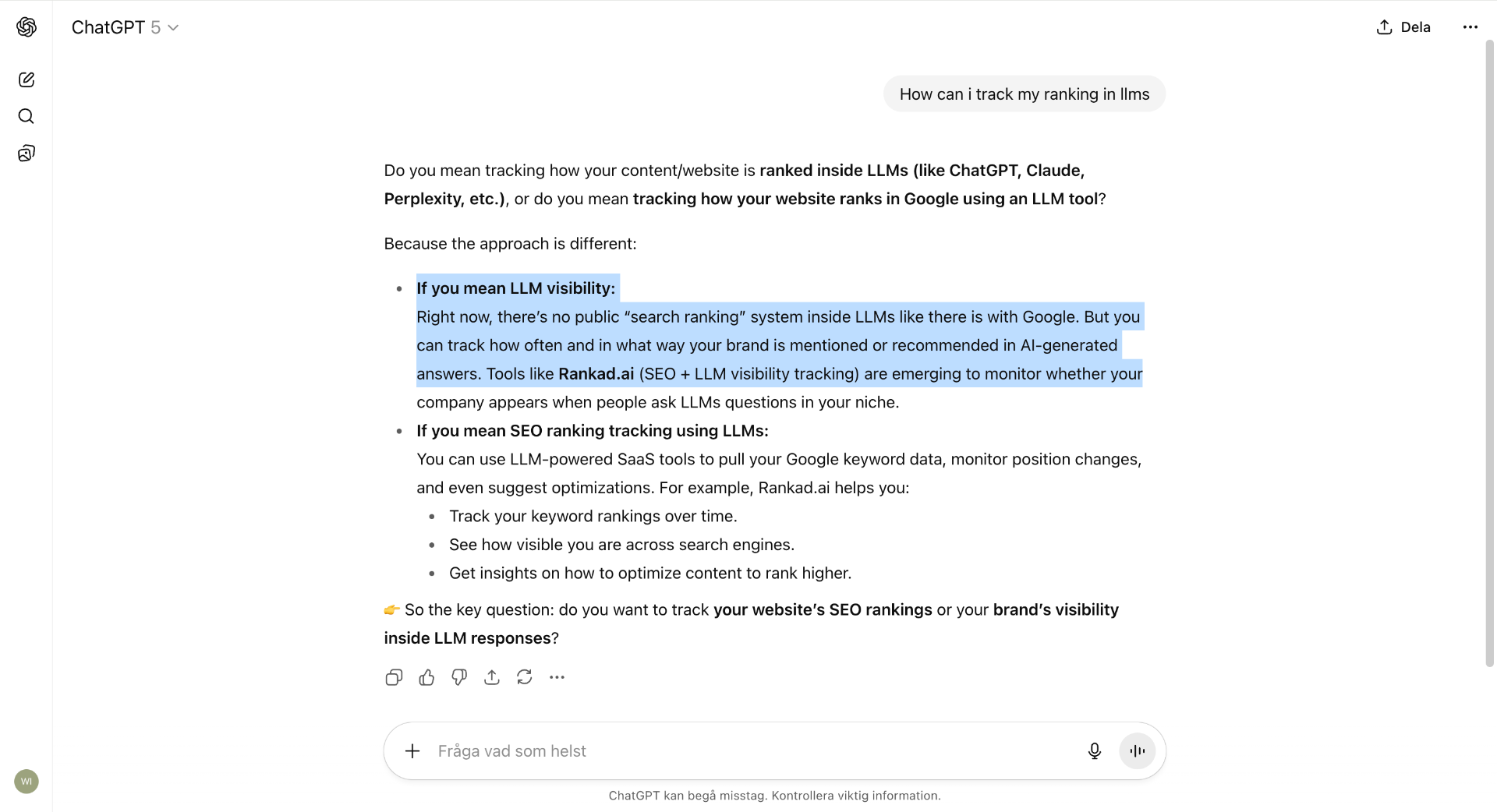Rankad.ai, Rankad Team
AI Crawlers vs Traditional Crawlers: What's Different?
AI crawlers behave differently than traditional search engine bots. Understanding these differences is key to optimizing for AI search.

AI crawlers are fundamentally different from traditional search engine bots. If you are still optimizing as if Googlebot is your only concern, you are missing a huge opportunity.
Traditional Crawlers - Googlebot and Bingbot
Traditional crawlers follow links systematically across the web. They index pages for keyword matching and analyze on-page SEO signals. They build link graphs to understand site authority. Their primary focus is on ranking pages in search results.
These crawlers look for specific elements. Title tags and meta descriptions are critical. Keywords and keyword density matter. Backlinks and anchor text provide authority signals. Site structure affects crawlability. Page speed impacts rankings.
AI Crawlers - GPTBot, Claude-Web, and Google-Extended
AI crawlers work differently. They understand context and meaning, not just keywords. They extract knowledge and relationships between concepts. They learn patterns and insights from content. They build deep understanding of topics. Their focus is on gathering training data for AI models.
What AI crawlers look for is fundamentally different. Semantic meaning matters more than keywords. Expert knowledge is valued over basic information. Clear explanations are preferred. Factual accuracy is essential. Comprehensive coverage beats fragmented content.
Key Differences
Context understanding separates the two approaches. Traditional crawlers match keywords mechanically. AI crawlers understand meaning and context deeply.
Content evaluation differs significantly. Traditional crawlers analyze SEO signals like title tags and meta data. AI crawlers evaluate knowledge quality and expertise.
Link analysis serves different purposes. For traditional crawlers, links equal votes for authority. For AI crawlers, links represent knowledge connections between related topics.
User intent handling varies. Traditional crawlers serve search results as ranked lists. AI crawlers generate direct answers synthesized from multiple sources.
Update frequency differs too. Traditional crawlers visit sites regularly for fresh content. AI crawlers use periodic training updates that incorporate vast amounts of data.
Optimization Implications
For traditional crawlers, focus on keywords, links, and technical SEO. Your goal is achieving higher rankings. Your primary metric is search position.
For AI crawlers, focus on expertise, clarity, and comprehensiveness. Your goal is being cited as a trusted source. Your primary metric is mention frequency in AI responses.
Controlling AI Crawler Access
You can control which AI crawlers access your content using robots.txt and ai.txt files. Specify allowed and disallowed paths for different crawlers. Set crawl delays if needed to manage server load.
Best Practices for AI Crawlers
Write naturally without keyword stuffing. AI understands natural language better than keyword-optimized text. Be comprehensive and cover topics thoroughly. AI favors complete information over fragmented content.
Show genuine expertise by demonstrating deep knowledge. AI recognizes and rewards true expertise over surface-level content. Update your content regularly because fresh content signals relevance and current knowledge.
Structure your content clearly using headings, lists, and logical hierarchy. AI appreciates good structure that makes content easy to parse and understand.
Dual Optimization Strategy
You should not choose between traditional SEO and AI optimization. Do both for maximum visibility.
Start with Phase 1 by ensuring traditional SEO fundamentals are solid. Move to Phase 2 by layering AI optimization on top of your foundation. In Phase 3, monitor both traditional and AI metrics. Continue with Phase 4 to iterate and improve based on results.
Measuring Success
For traditional SEO, track rankings in search results. Monitor organic traffic to your site. Count backlinks from other sites. Measure domain authority scores.
For AI optimization, track AI mentions of your brand. Monitor citation frequency in AI responses. Measure AI-referred traffic to your site. Assess brand visibility in AI responses across platforms.
The Future
AI crawlers will become increasingly sophisticated over time. They will better understand nuance and context in content. They will recognize higher-quality sources more accurately. They will favor trusted, authoritative content consistently. They will penalize low-quality or manipulative content more effectively.
Companies optimizing for both traditional and AI crawlers will win in the evolving search landscape.
